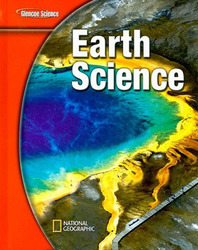1 A) vegetation B) air pressure C) precipitation D) humidity 2 A) weather B) plants C) rain D) sun 3 A) warmer, cloudier B) warmer, cooler C) cooler, humid D) cooler, warmer 4 A) snow B) strong storms C) rainstorms D) drought 5 A) postglacial periods B) interglacial periods C) antiglacial periods D) midglacial periods 6 A) water vapor B) carbon dioxide C) hydrogen D) oxygen 7 A) The United States B) Thailand C) Columbia D) Iceland 8 A) 1,000 to 5,000 years B) 200,000 to 500,000 years C) 10,000 to 15,000 years D) 60,000 to 100,000 years 9 A) The atmosphere and air is thinner. B) The air is thicker and has more molecules. C) The air is made of different kinds of molecules than the air at sea level. D) The winds carry all the heat away. 10 A) small particles of dust B) precipitation C) heat D) heat and precipitation 11 A) coral bleaching B) increased global temperatures C) melting glaciers D) increased flooding 12 A) temperature, precipitation, plant type B) lakes, mountains, precipitation C) temperature, air pressure, ocean currents D) humidity, landforms, plant type 13 A) close to the sun B) tilted away from the sun C) tilted toward the sun D) farther away from the sun 14 A) necessary to keep Earth warm B) in perfect amount on Earth C) beneficial in large amounts D) always bad for the environment 15 A) spring, away from B) summer, away from C) winter, toward D) summer, toward 16 A) lesser B) greater C) negligible D) not important 17 A) volcanic eruption B) movement of Earth's crustal plates C) meteorite collision D) forest fires 18 A) hibernation B) adaptation C) deforestation D) extinction 19 A) latitude B) landform C) longitude D) climate 20 A) Deserts, windward B) Rainstorms, leeward C) Heat storms, windward D) Deserts, leeward














